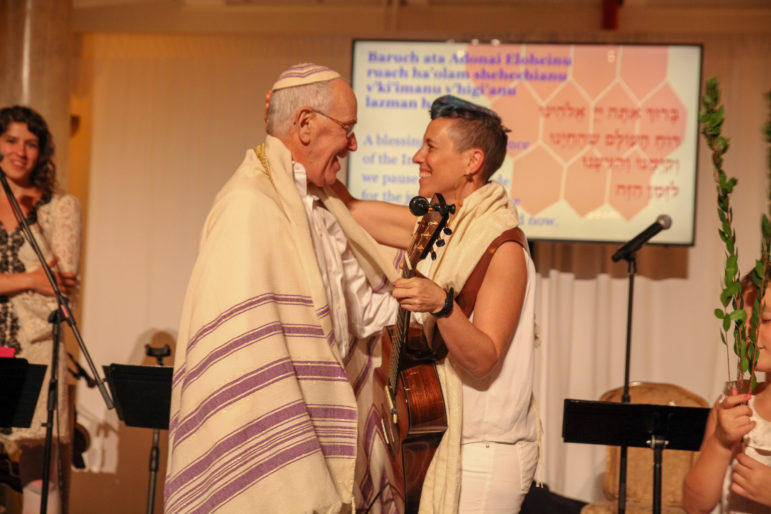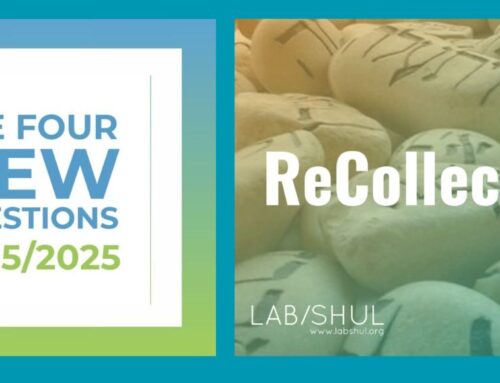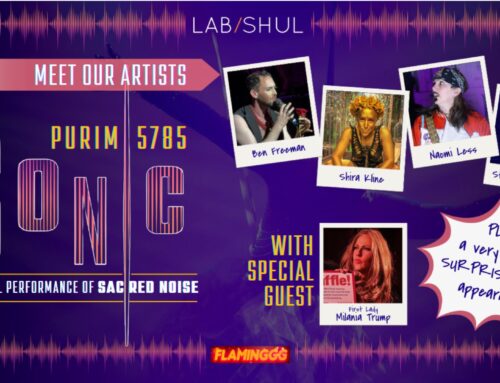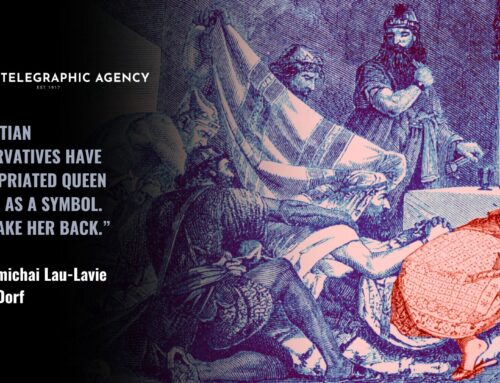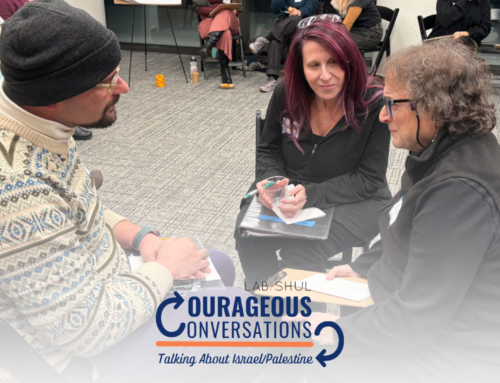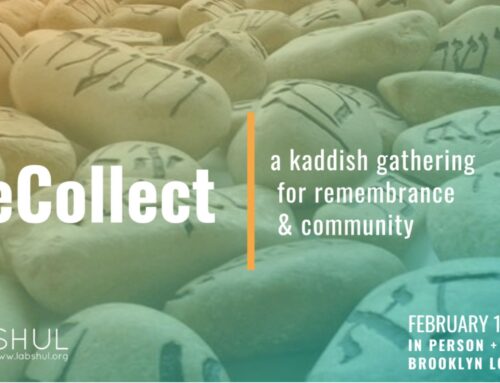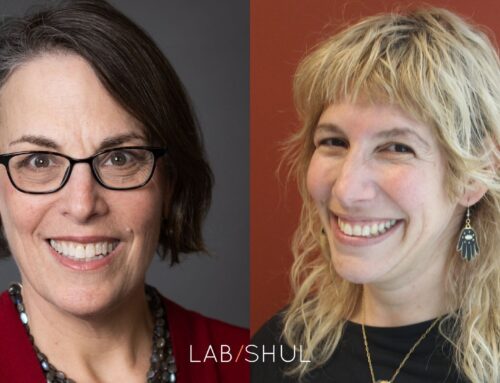We see the world through conceptual pictures and the authors of the Jewish prayerbook held a view “of lives in struggle but lives worth living; of a God who calls us to service and who even reaches out a hand to us as the gates of N’ilah close and a final shofar blast announces the rebirth for which we yearn.” Lawrence A. Hoffman, prof emeritus at HUC/JIR, wrote that in a recent article: “How Liturgy Tells the Truth.” Now I look differently at shofar blowing.
That article explained me to myself and my praying practice made new sense. I generally pray twice a day, in classic language that would ordinarily make no sense. What affects me is the resonance of the words, the poetry. Those old words of liturgy reassure me that I am part of something beyond myself.
Everything that happens in synagogue comes under the heading of liturgy. We call it avodat hakodesh, meaning “sacred work/service,” the Hebrew equivalent. The words, the music, the drama, the Torah scroll, the shawls, the setting, the timing, the hours themselves, all are part of a sacred effort. All this work has a kavanah, an intention/aim/purpose, personal and collective: to make this a better world, to improve the human condition, to do tikun olam, as our mystics put it, to “repair the world.”
The classic prayer book for Rosh Hashanah associates the shofar calls with three specific themes: malchuyot, “majestic reigns”–of God,” zichronot, “reminders”–to God, and shofrot, urgent situations in the Bible where shofar is sounded. Each of the three a virtually endless hermeneutical resource for sermons and discussion on what the shofar means. We in Lab/Shul eschew the wordiness in favor of nonverbal expression in a liturgical sound.
Shofar is an art form of its own and we blowers are responsible to meet the needs and expectations of the community for an emphatic and memorable moment.
Is it in the category of music? We revel in vocal and instrumental performance, rich and sophisticated. We happily sing along. Shofar counts as a musical instrument, but it is rudimentary and primal, sourced from goats and sheep, not manufactured and not standard. Every blower remembers occasions when the most practiced t’kiyah (basic toot) just doesn’t come out and we let the congregation down. When the horn blasts fully, we feel its power along with everyone else. We strive for three notes, for loud and soft, for clear attacks and slurs, for wailing quaver, for protracted endings all with the intention of liturgy. But what are we expressing and announcing?
When you hear the shofar, you’re expecting some kind of a jolt, no mere melody or noise. More like a siren that indicates emergency or all-clear. What the shofar is shouting can not be printed in a book or projected on a screen. Nor can it be verbalized by a speaker. Here is a clue: the blessing that precedes shofar is for the congregation, not the blower. The mitzvah (the act) is: lishmoa kol shofar, “to hear the shofar voice.”The calls, t’kiyah, sh’varim, t’ru’ah, t’kiyah g’dolah, reach every assembled hearer, with distinctly different, appropriate, impact, all determined by the context of this day of awe , the condition of the world, and the needs of each soul. Let’s be ready to hear.
Seventy years blowing shofar till learning this angle. Hope is my this year’s intention/kavanah–hope to blow well and hope to receive the message, rebirth.
– Rabbi David Kline
Lab/Shul Partner and 2019 Ritualist Award Recipient


